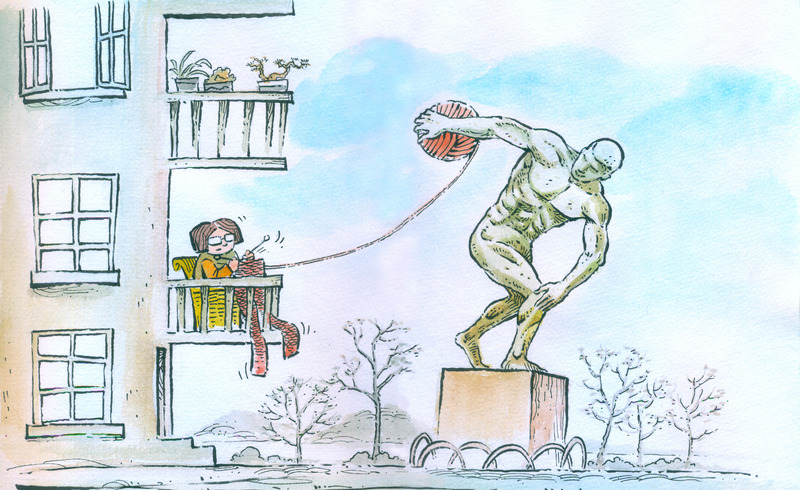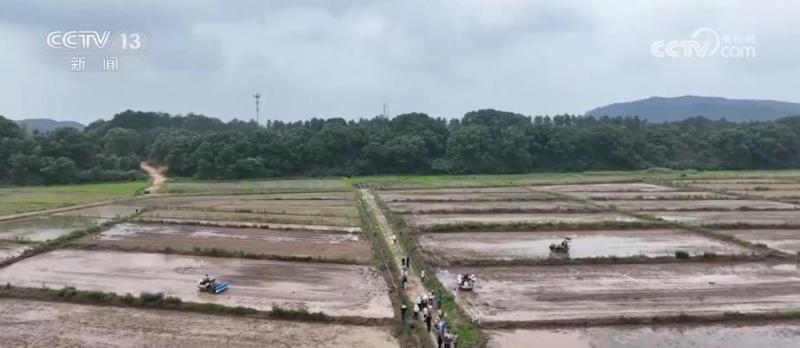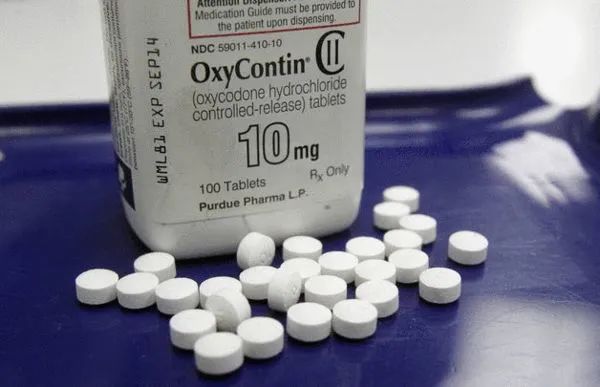The phone "tracked" the patient to be admitted to the local hospital, and Pudong doctors found a patient with cardiopulmonary embolism
On the afternoon of September 5th, Sun Jie, an emergency doctor at Pudong New Area People's Hospital, dialed Uncle Song's phone again and learned that his wife had been admitted to the local hospital. Finally, Dr. Sun felt at ease.
Originally, Uncle Song's wife, who was over sixty years old, had been tormented by systemic lupus erythematosus for many years. This year, she felt uncomfortable when visiting relatives in Canada, with her legs swollen for over a month. The couple returned home like an arrow, disregarding the advice of Canadian doctors. After taking a 14 hour flight to Pudong International Airport, Uncle Song's wife suddenly felt chest tightness and breathing difficulties, and was urgently sent to the nearest Pudong New Area People's Hospital. On that day, Dr. Sun Jie received the consultation. Upon inquiring about her medical history, Dr. Sun decisively arranged for her to undergo pulmonary artery contrast-enhanced CT, which quickly confirmed to be a very dangerous pulmonary embolism.
After emergency treatment, Uncle Song's wife's symptoms improved, and the couple immediately requested to be discharged from the hospital. Sun Jie became anxious as soon as he heard this, because the hidden danger was still present and the risk of sudden death was high. However, the patient insisted on going home, so Sun Jie had to prepare medicine for them, reminding them to go to the emergency department immediately if there were any problems on the way, and to the hospital as soon as they arrived at the destination. What moved Uncle Song was that the Shanghai doctors' phone numbers kept chasing them until they were admitted to the local hospital.
Sun Jie said: "Pulmonary embolism is one of the three most common fatal cardiovascular diseases in clinical practice. It is characterized by high incidence rate, high disability rate and high mortality. One person dies of pulmonary embolism every 37 seconds in the world. We must not be careless."
Emergency and Critical Care Medicine Department of Pudong New Area People's Hospital
Deputy Director Song Weidong answered several questions about pulmonary embolism
Q: How is pulmonary embolism formed?
A: For example, blood vessels are the channels through which blood flows in the human body and also the "water pipes" of various organs. If there are many impurities mixed in the water and the water flow is relatively slow, the impurities inside are prone to clumping, sedimentation, and retention. Once the water flow and water pressure change, these large impurities will be washed away to the far end, blocking certain "pipelines" and causing poor water flow, even water interruption.
The pulmonary artery is an important blood vessel that connects the lungs and heart, and once blocked, it can be life-threatening. But whether it will be life-threatening or not depends on the size and degree of blockage of the embolus. Some patients may experience a mild sensation and buffering time when the emboli fall off in batches, while others may experience blockages in a particular pulmonary artery due to the large pieces of the emboli falling off. At this point, blood flow is forced to stop, and the patient may experience shock or even death.
Pulmonary embolism refers to a clinical pathological and physiological syndrome in which various emboli in the systemic circulation fall off and block the pulmonary artery and its branches, causing pulmonary circulation disorders. The most common pulmonary embolism is a thrombus originating from the deep veins of the lower limbs, including amniotic fluid, fat, cancer thrombi, etc.
Q: What are the symptoms of pulmonary embolism?
A: The most common symptoms of pulmonary embolism include not only breathing difficulties, chest pain, and hemoptysis, but also shortness of breath, chest tightness, collapse, fainting, pale complexion, and cold sweating. In severe cases, tachycardia, respiratory arrest, and even sudden cardiac arrest.
Q: What factors can induce pulmonary embolism?
A: From a medical perspective, the main risk factors include two categories: hereditary and acquired factors.

Genetic factors
This is caused by genetic variation, clinically manifested as recurrent arteriovenous thrombosis. Young patients, especially those under the age of 50, who experience recurrent venous thrombosis without obvious reasons or have a clear tendency to develop the disease within their family, need to be taken seriously.
■ Acquiring factors
Acquired risk factors refer to various pathological and physiological abnormalities that are acquired and prone to the disease.
There can be a single factor or multiple acquired factors present simultaneously, mainly including: malignant tumor patients; Patients with cardiovascular and pulmonary diseases; Trauma or recent surgical intervention; Individuals with a history of venous thromboembolism; Age factors, especially those over 60 years old; Individuals using estrogen contraceptives or other populations containing estrogen preparations; Patients with chronic diseases such as obesity, hyperlipidemia, hypertension, diabetes and varicose veins of lower limbs; Specific populations, such as pregnant women and smokers; Long distance flight with window seats, etc.
Sitting for a long time and being alert to pulmonary embolism
Many pulmonary embolism cases are caused by sitting down. When the human body is in a lower limb flexion sitting position for a long time, the lower limbs are not active, and the blood in the body needs to overcome the force of gravity during circulation, relying on muscle contraction to transport from bottom to top. After sitting for a long time without moving or other braking, the muscles gradually lose power, and blood will stagnate. The venous blood flow in the lower limbs is slow, which is easy to form blood clots, clinically known as deep vein thrombosis.
In fact, not only long-distance flight can cause it, but also long-term train, car, computer, desk writing, etc. can easily lead to deep vein thrombosis in the lower limbs due to prolonged immobility. Therefore, when experiencing lower limb soreness, pain, or edema on one side during long-distance travel, one should be alert to the possibility of deep vein thrombosis.
Of course, there is no need to talk about blood clots. Proper exercise can effectively reduce the risk of blood clots, and prolonged sitting and lying should be avoided. For sedentary individuals, taking some time to stand up, stretch your legs, and move around appropriately is crucial for blood circulation.
Text: Zhang Qi
*Reprinted from official WeChat account released by Pudong



